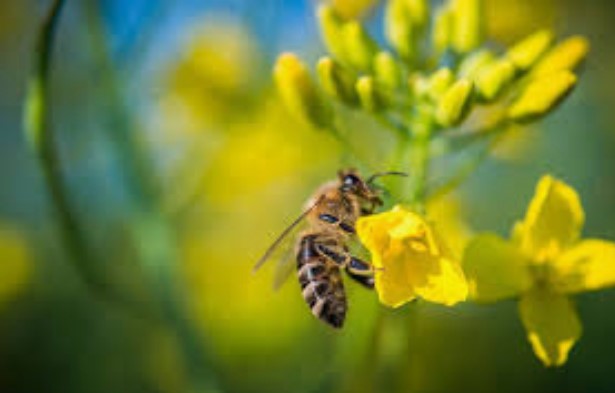
Clearly, the less we impact our environment, the better off we all are. Organic farming practices have greatly advanced the use of non-chemical means to control pests, as mentioned earlier.
Unfortunately, these non-chemical methods do not always provide enough protection, and it’s necessary to use chemical pesticides. How do organic pesticides compare with conventional pesticides?
A recent study compared the effectiveness of a rotenone-pyrethrin mixture versus a synthetic pesticide, imidan. Rotenone and pyrethrin are two common organic pesticides; imidan is considered a “soft” synthetic pesticide (i.e., designed to have a brief lifetime after application, and other traits that minimize unwanted effects). It was found that up to 7 applications of the rotenone- pyrethrin mixture were required to obtain the level of protection provided by 2 applications of imidan.
It seems unlikely that 7 applications of rotenone and pyrethrin are really better for the environment than 2 applications of imidan, especially when rotenone is extremely toxic to fish and other aquatic life.
It should be noted, however, that we don’t know for certain which system is more harmful. This is because we do not look at organic pesticides the same way that we look at conventional pesticides. We don’t know how long these organic pesticides persist in the environment, or the full extent of their effects.
When you look at lists of pesticides allowed in organic agriculture, you find warnings such as, “Use with caution. The toxicological effects of [organic pesticide X] are largely unknown,” or “Its persistence in the soil is unknown.” Again, researchers haven’t bothered to study the effects of organic pesticides because it is assumed that “natural” chemicals are automatically safe.
For direct import consult us: contact@rymaxglobal.com